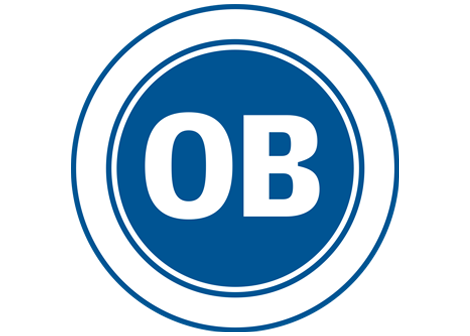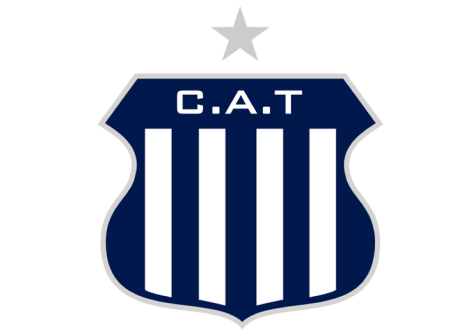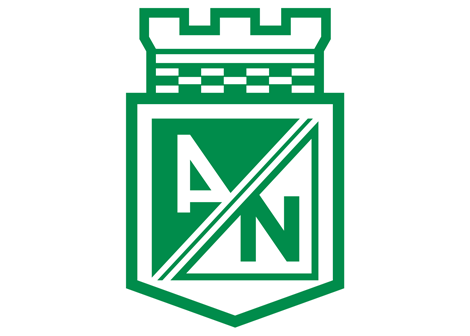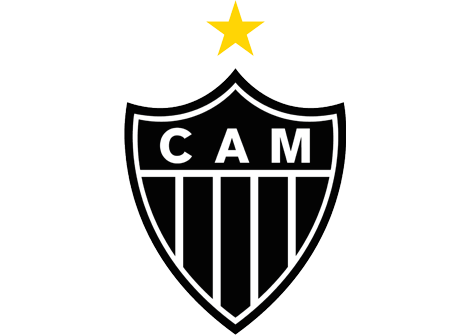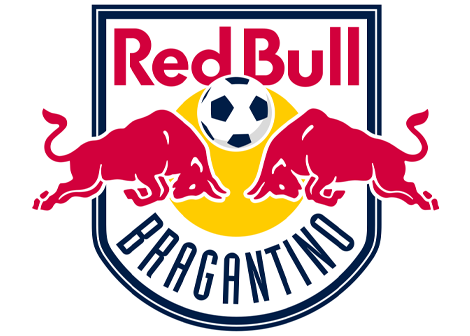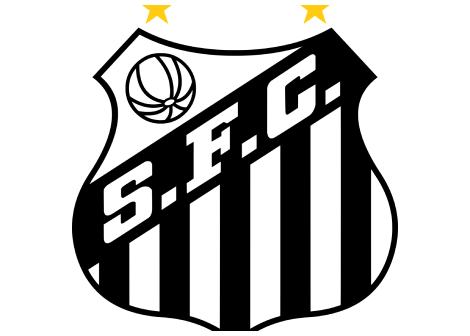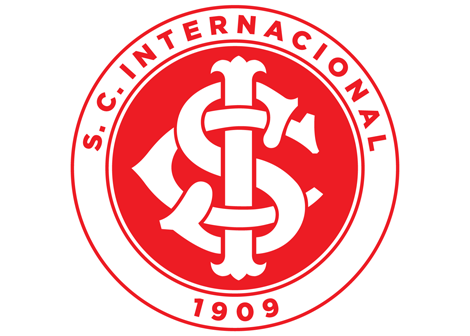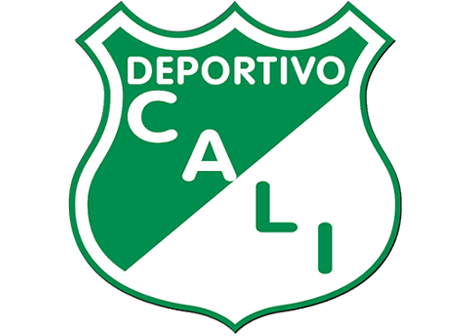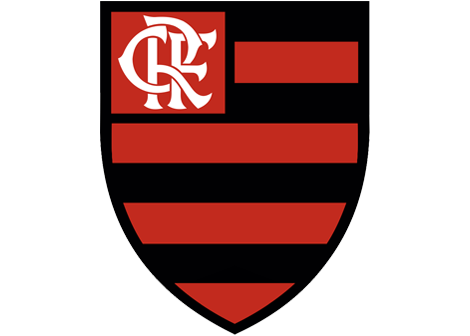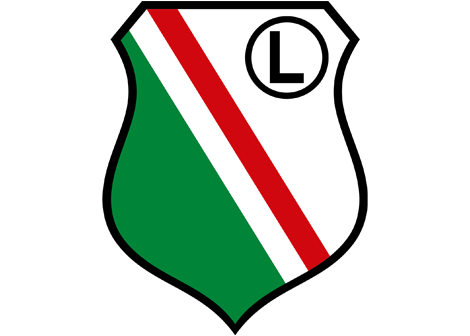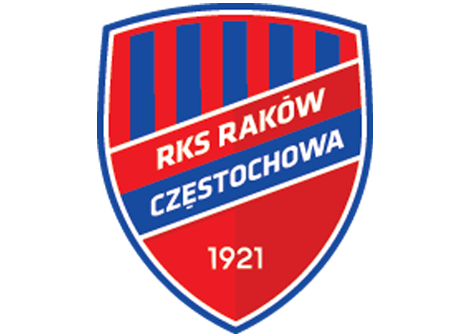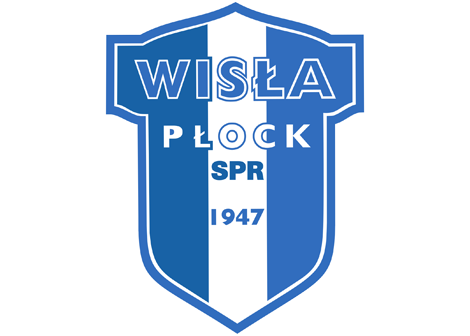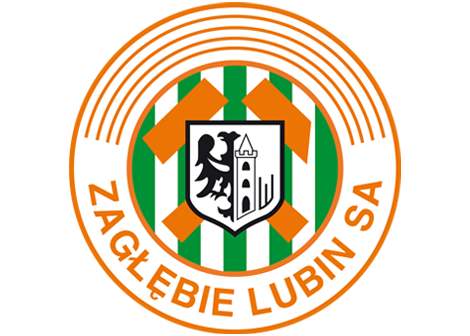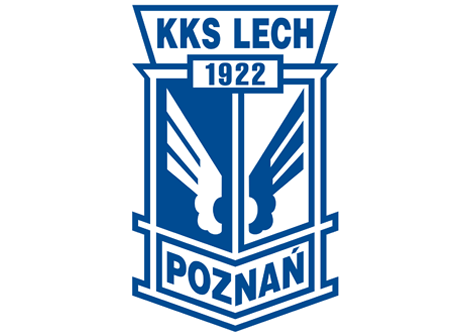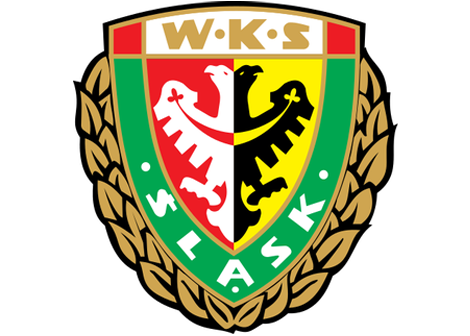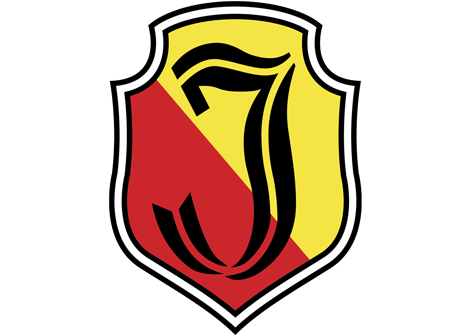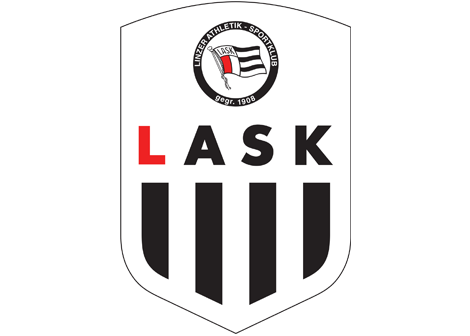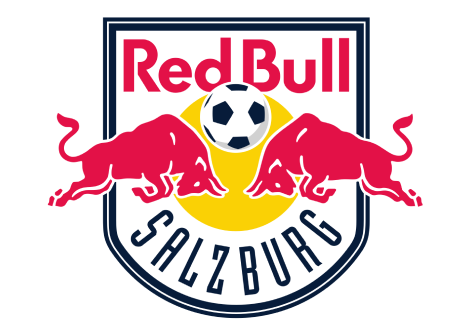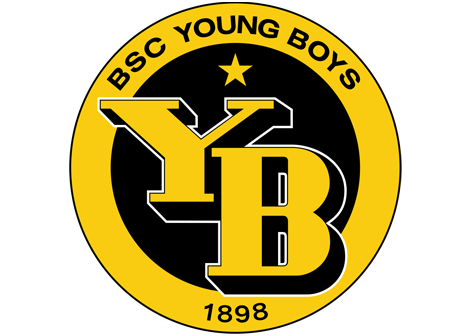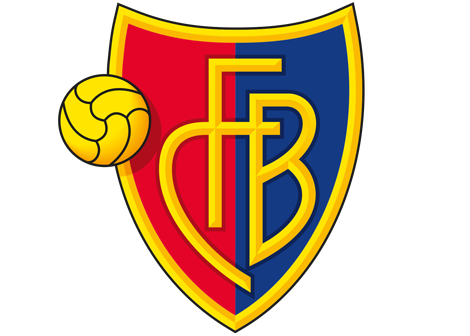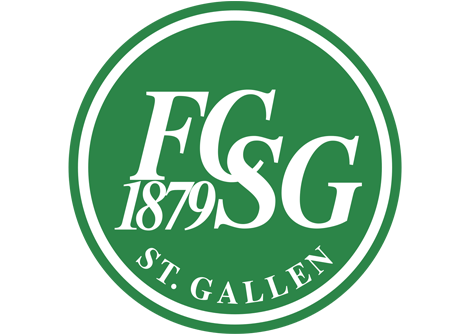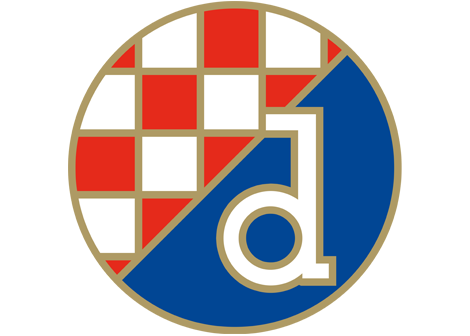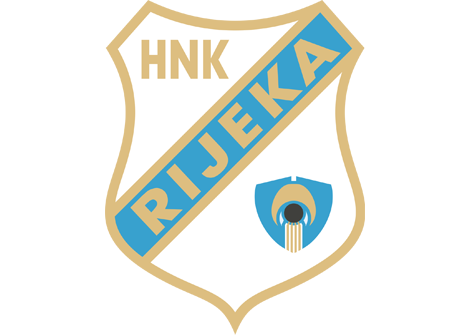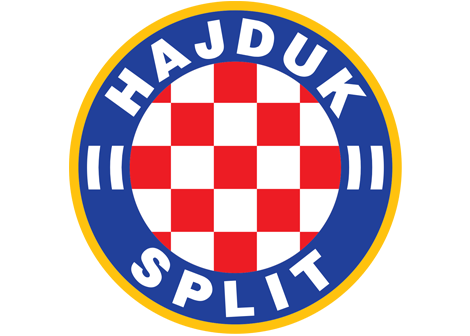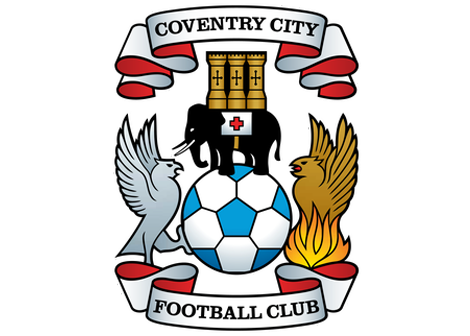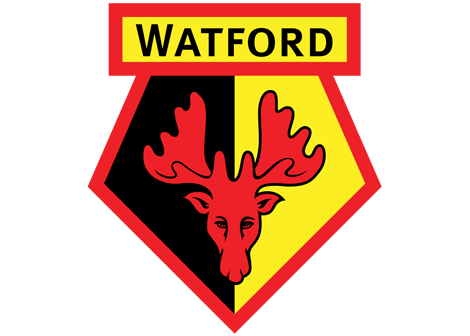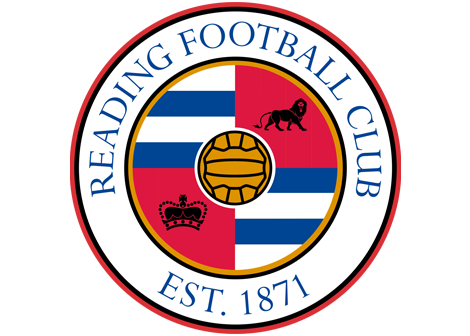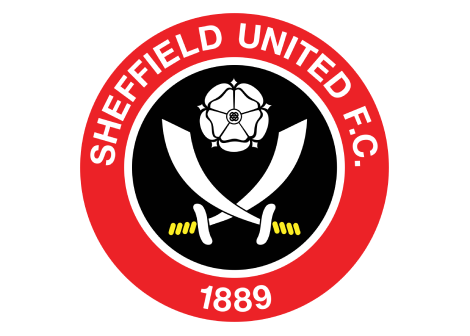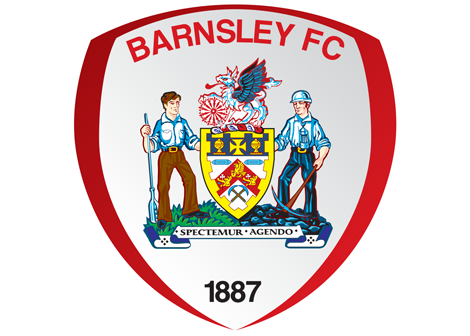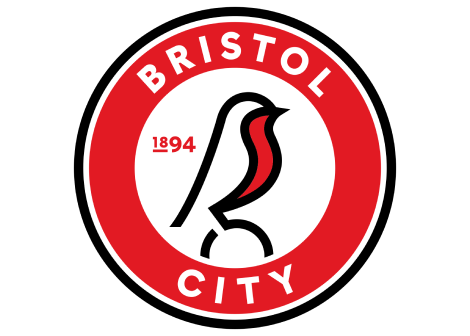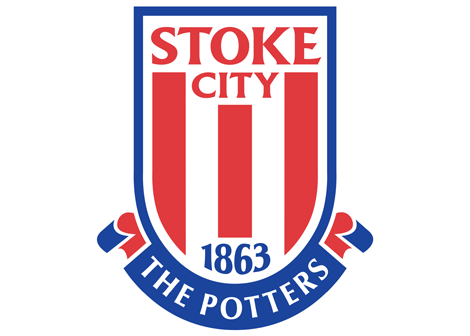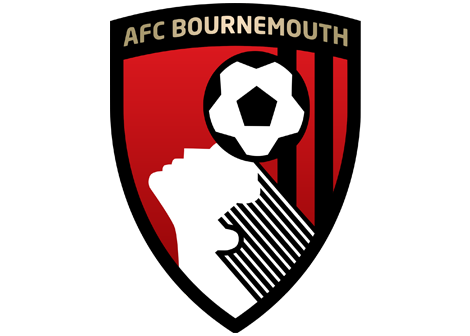It’s not just the absence of promotion and relegation that makes Major League Soccer unique in world football, it's also down to the strict squad rules and regulations it employs. Here is our guide on how the MLS transfer market works.
The Designated Player (DP) rule allows every team to sign up to three players, whose salaries and transfer fees are not counted towards the annual salary budget. The first two DP slots are automatically granted, but the third must be bought for $150,000.
Squad-building
Allocation Process
The Allocation Process is the mechanism used to determine which club has first priority to acquire a player listed on the ‘Allocation Ranking List’. This list consists of (a) select United States' Men's National Team players, (b) select youth US National Team players, and/or (c) former MLS players returning to the competition after joining a non-MLS club for an outgoing transfer fee of $500,000 or more.
The ‘Allocation Ranking Order’ is set by taking the reverse order of the club's standings at the end of each MLS season, with the new expansion clubs at the top of the order.
Once the club uses its allocation ranking to acquire a player, it drops to the bottom of the list.
The MLS SuperDraft
Expansion teams receive the first picks. Then the current clubs pick in reverse order of their finish the previous season.
Most draft prospects are college graduates, as well as Generation Adidas Players (a programme that features top college players not yet graduating and youth national team players) and some non-collegiate international players.
The SuperDraft takes place in January. Each team gets three picks.
Squad Management
What’s in a Roster?
Every MLS team can have up to 30 players in its squad, which is split into three tiers based on the salary cap system. Roster slots 1-20 are known as the ‘Senior Roster’ as their salaries count towards the team’s annual Salary Budget, which for 2021 is capped at $4.9m, with a maximum $612,500 per player.
Teams can supplement that Salary Budget with money from league-wide allocation pools known as General Allocation Money (GAM) and Target Allocation Money (TAM).
Roster Slots 21-24 and 25-30 are known as the Supplemental and Reserve Rosters, respectively. The minimum salary for players on the Supplemental Roster is $81,374 and $63,547 for players in the Reserve Roster.
Reserve Roster players must be under 24, and slots 29 and 30 have to be reserved for Homegrown Players.
Is there a limit to how many international players an MLS roster can have?
Yes... and No.
Every MLS team has eight international roster slots. These slots, however, can be traded for players and allocation money, so some teams have more than eight slots, and some have fewer.
A player is deemed international if he does not have US citizenship or any other kind of legal resident status, or does not hold refugee or asylum status.
Can international players also be Homegrown?
Yes. If the international player is a member of an MLS academy in the year before he turns 16, he will count as a domestic player and will not take an international roster slot.
There is no limit to the number of Homegrown Players, international or otherwise, that a club may sign in any given year.
What are Designated Players?
The Designated Player (DP) rule allows every team to sign up to three players, whose salaries and transfer fees are not counted towards the annual salary budget.
The first two DP slots are automatically granted, but the third must be bought for $150,000 (paid annually), which is pooled into GAM for teams that are only using two slots. The league can limit the salary of the third DP if he is over 24 years of age.
If a club uses the third DP slot to sign a Young Designated Player (23 and under), it will not be obligated to pay the $150,000 charge.
GAM v TAM
Each club receives an annual allotment of GAM, which for 2021 is $1.525m each.
The money can be used to buy down the Salary Budget Charge of any player on their roster, or to help offset the cost of buying a player from outside the league. GAM is tradable between MLS club
In 2021, each MLS club receives $2.8m in TAM, which can be used to: sign a new player provided his salary and acquisition costs are more than the Maximum Salary Budget Charge ($612,500); re-sign an existing player provided he is earning more than the Maximum Salary Budget Charge; convert a DP to a non-DP by buying down his Salary Budget Charge and therefore freeing up a DP slot; and convert a player previously bought down with TAM into a DP if that club has a free Designated Player slot.
Fees
The revenue share from transfers or loans for clubs is as follows:
-
A club shall receive 95% of the transfer or loan fee revenue from any sale involving a player that is not homegrown.
-
A club shall receive 100% of the transfer or loan fee revenue from any sale involving a homegrown player.
-
Clubs can reinvest up to $1.05m of a deal directly back into their rosters as GAM.
All 27 MLS clubs, plus expansion franchises Charlotte FC and St Louis City SC, are now on TransferRoom following a ground-breaking league agreement.
Book an intro call
Trusted by decision makers from 800+ clubs worldwide
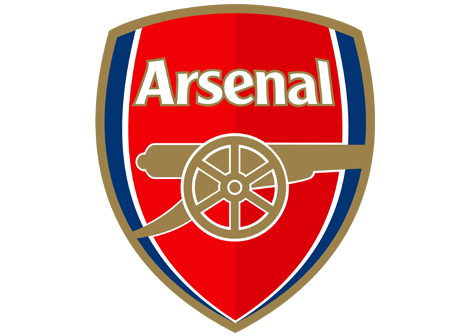
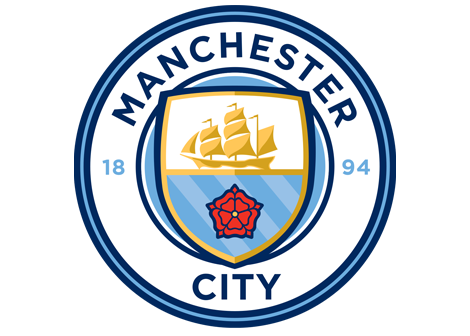

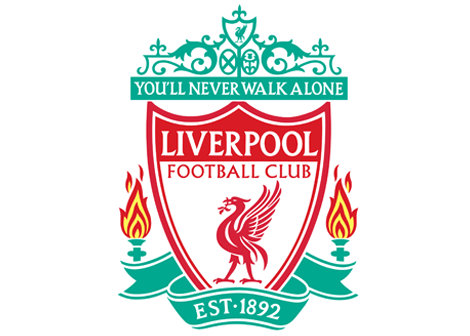
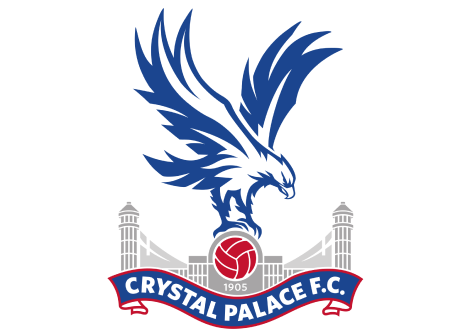
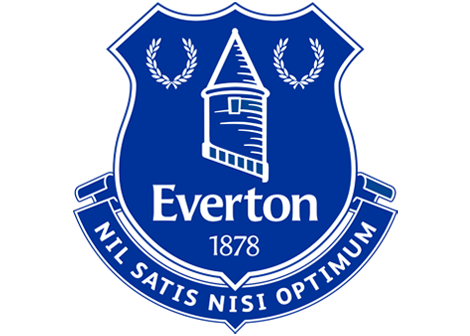

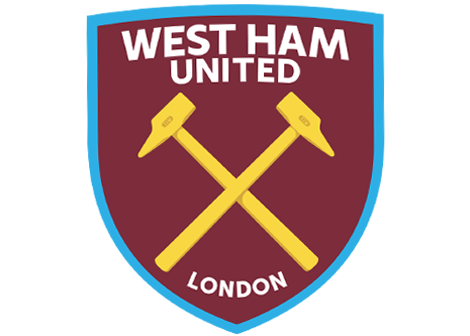

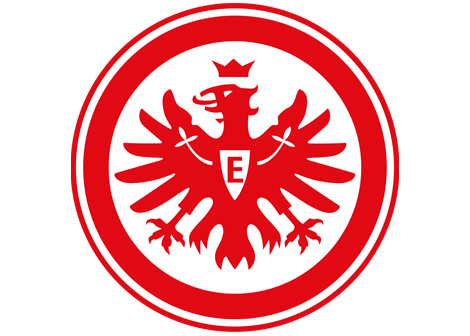
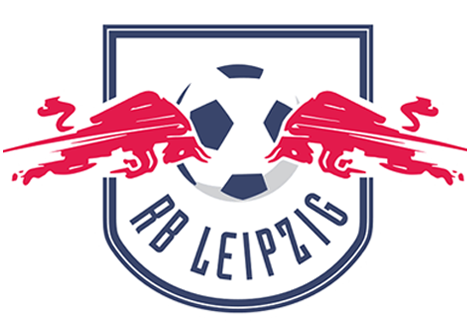
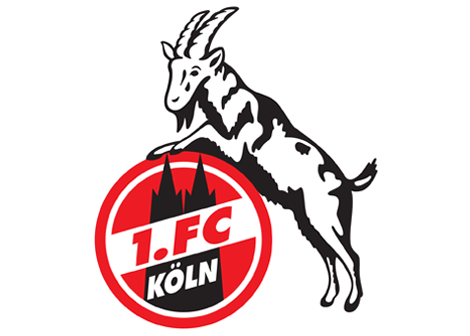




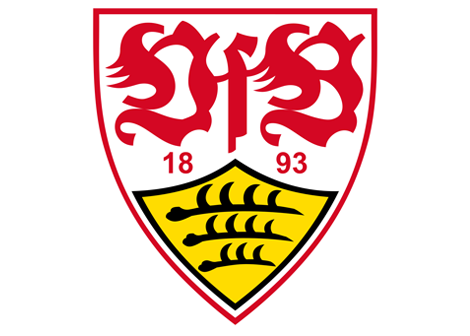
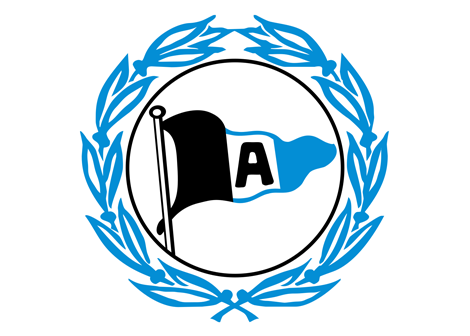
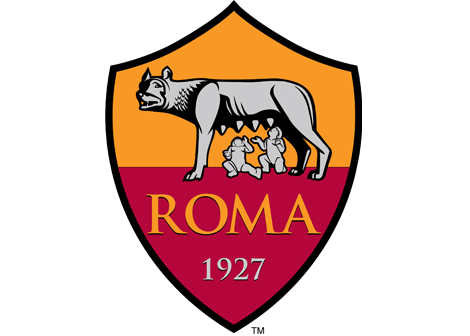
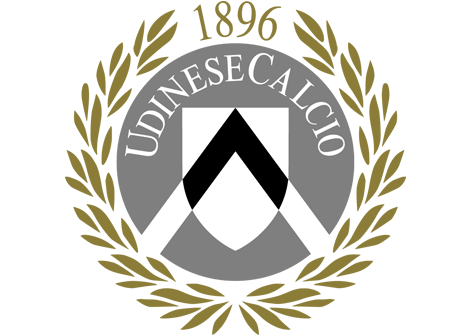
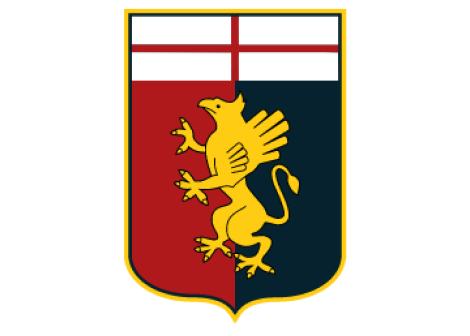


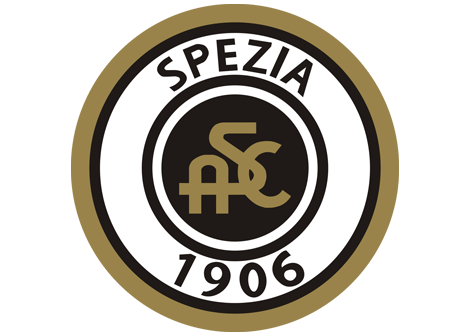
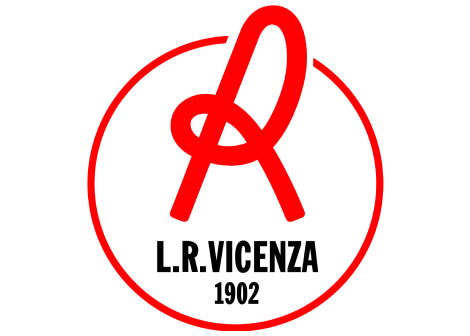

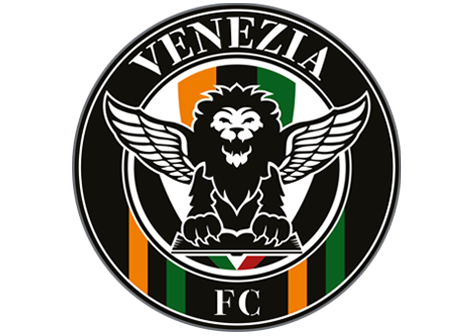
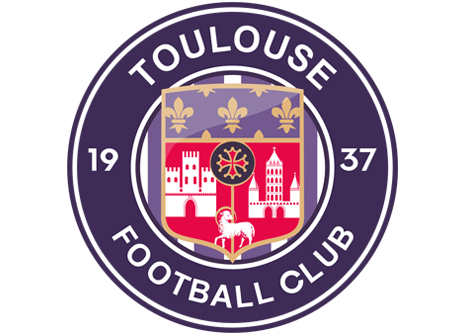

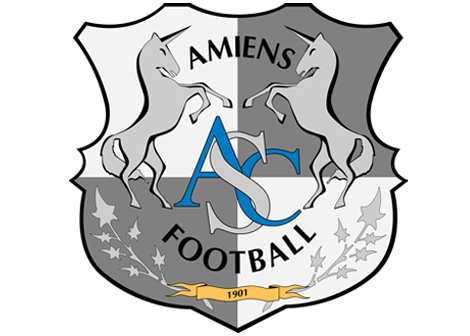
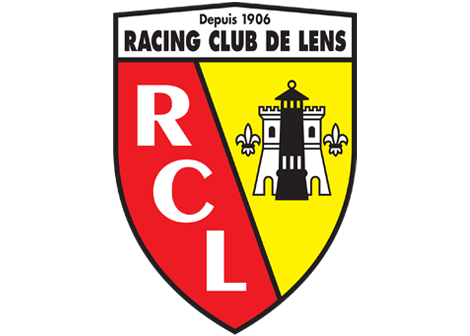


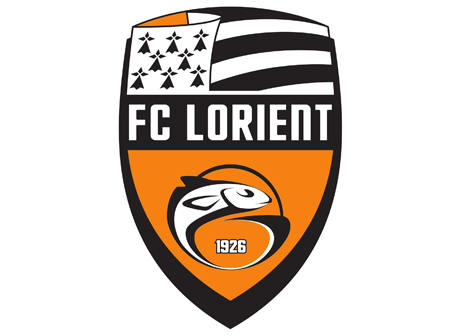
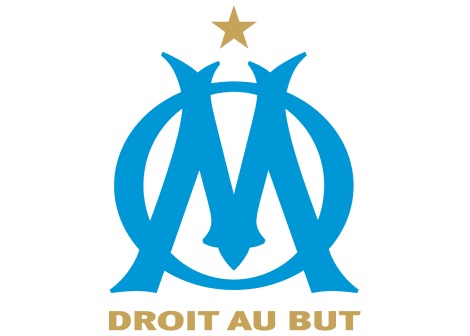
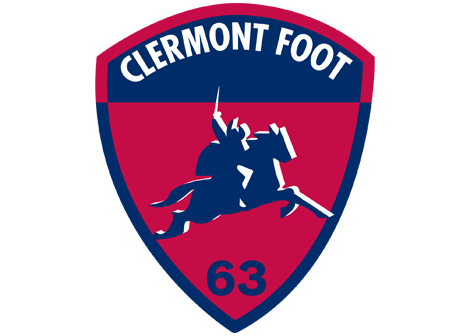
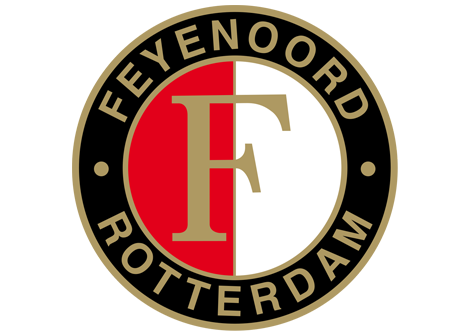

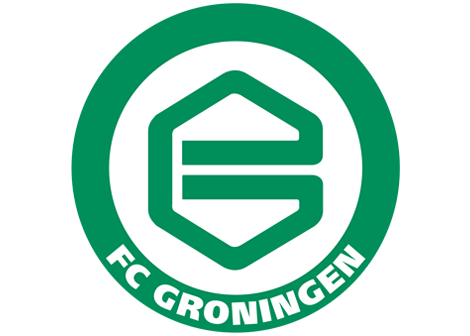
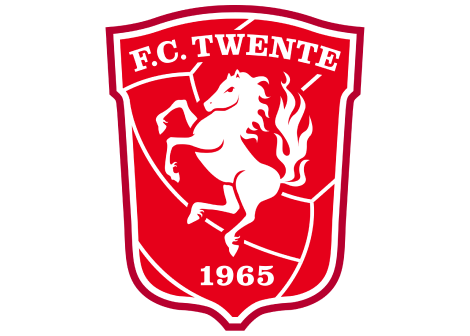
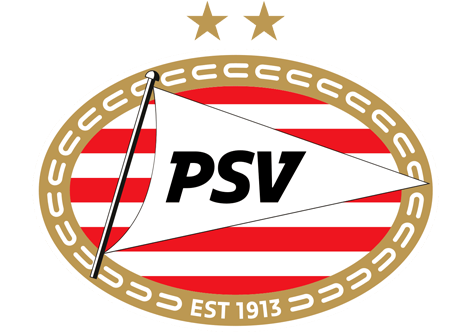
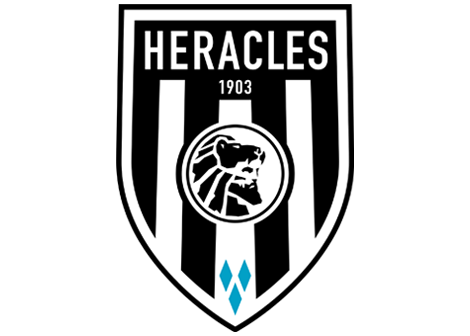
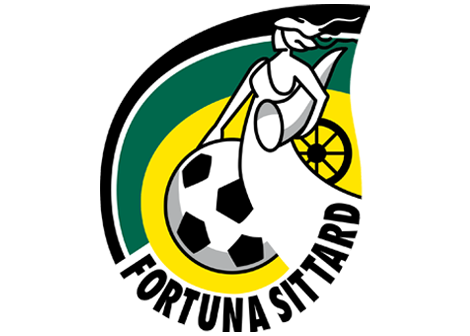
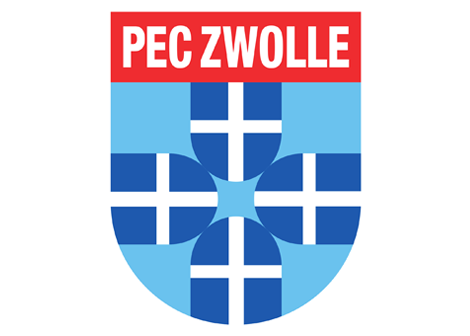
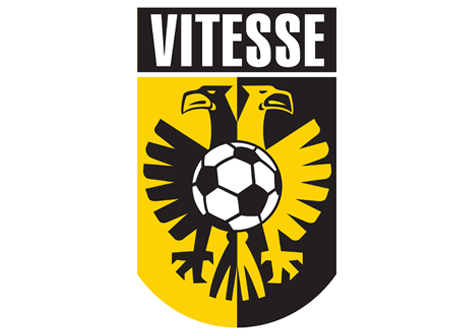
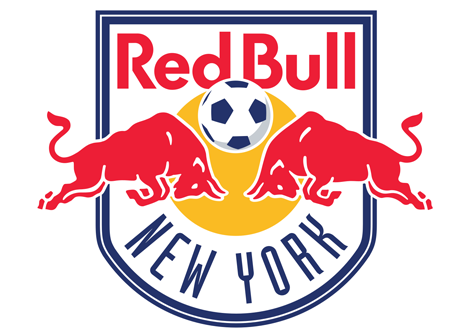
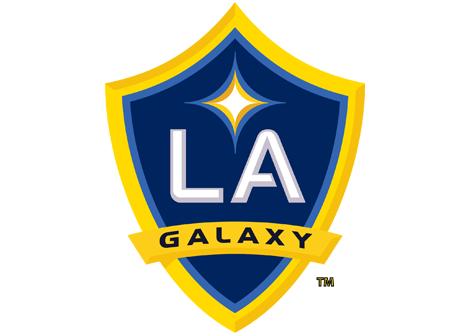
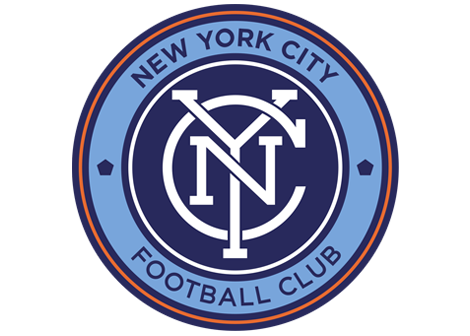
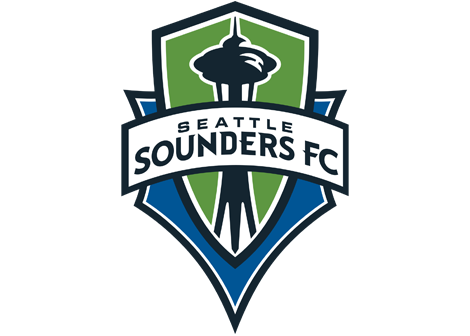
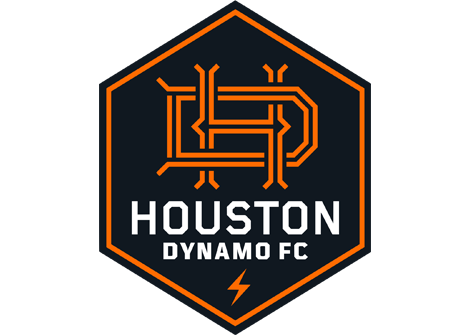
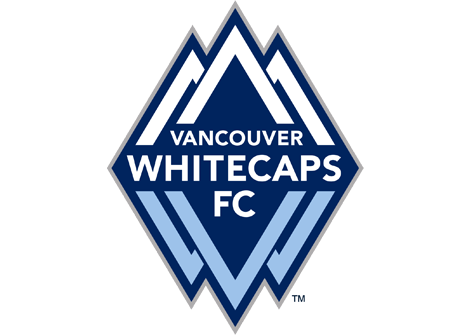


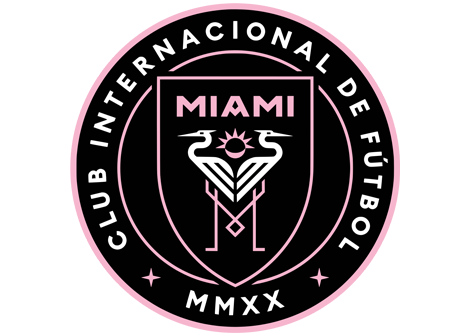
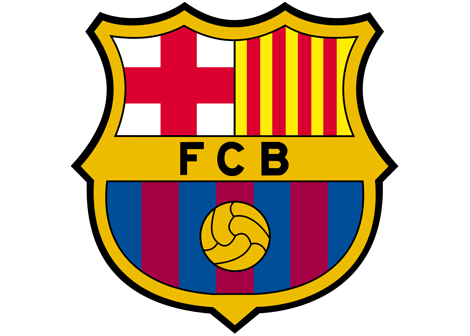
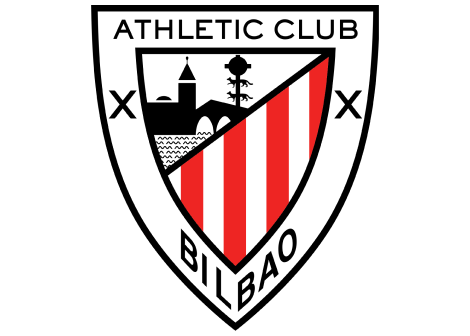
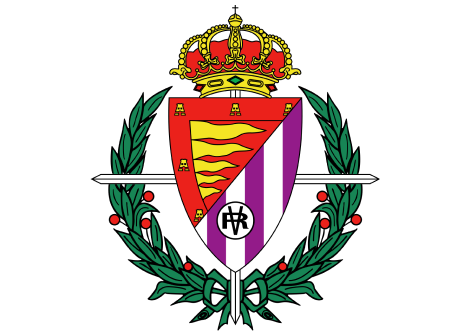

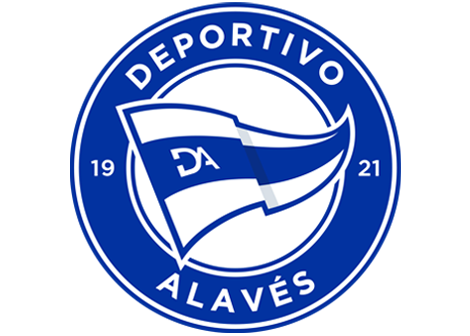

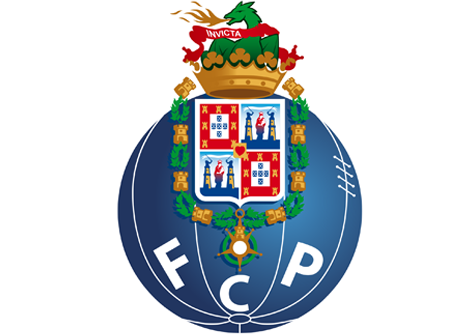
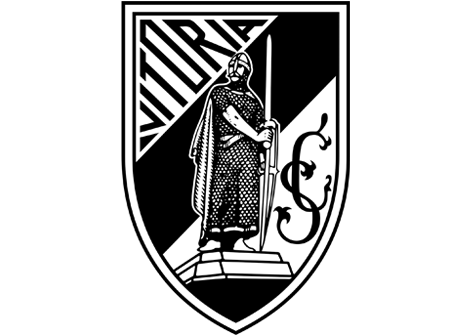
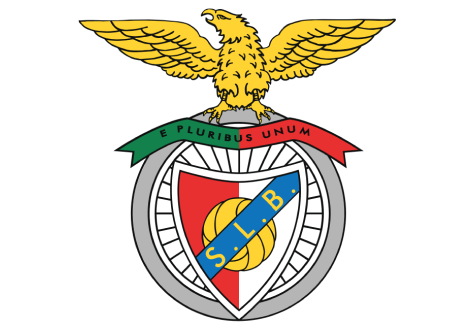

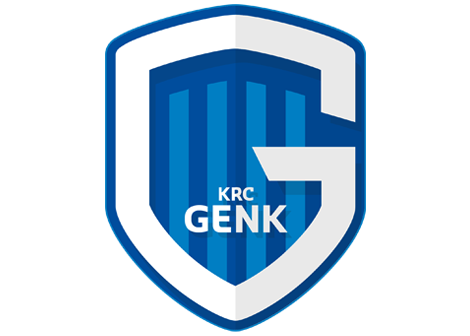
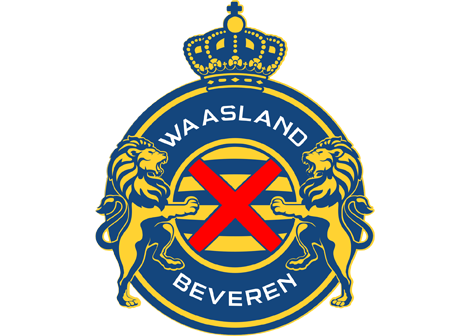
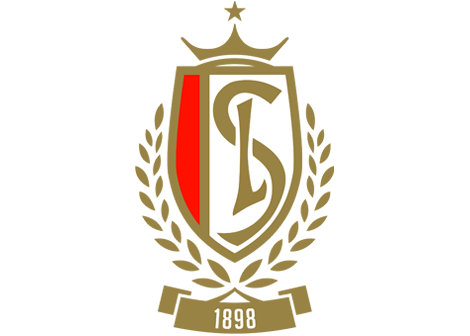
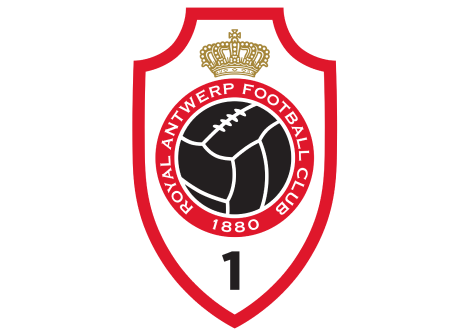

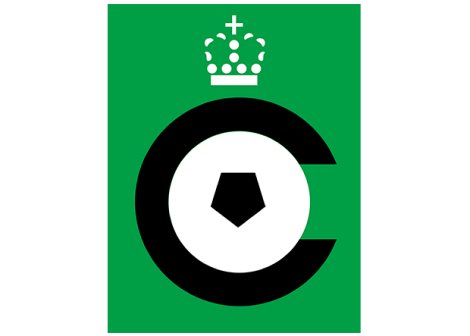
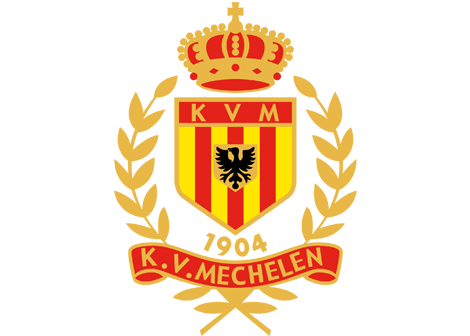
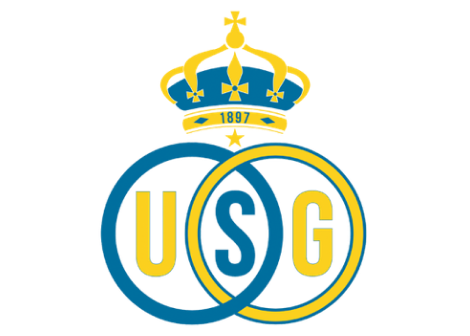
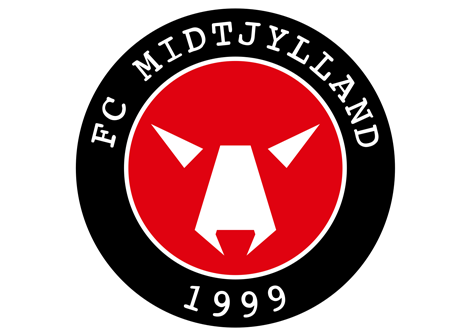
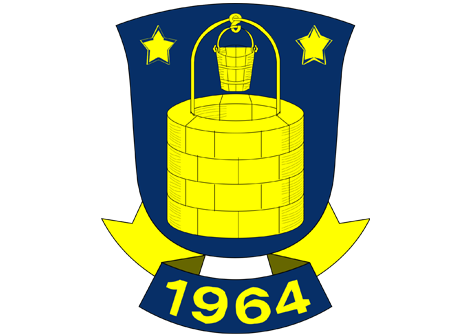


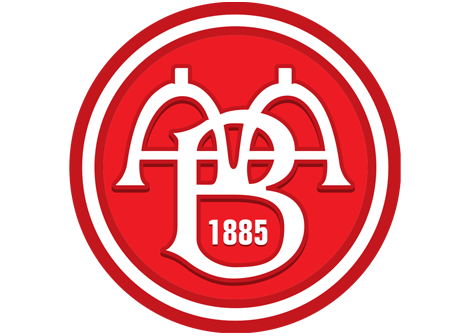
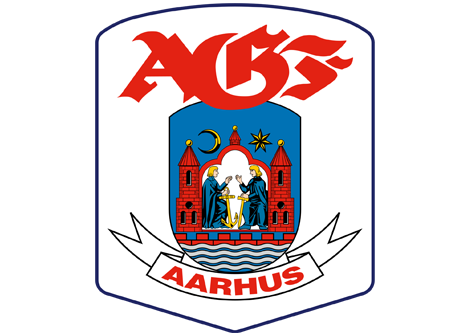

/SWEDEN/Malm%C3%B6%20FF.png)
